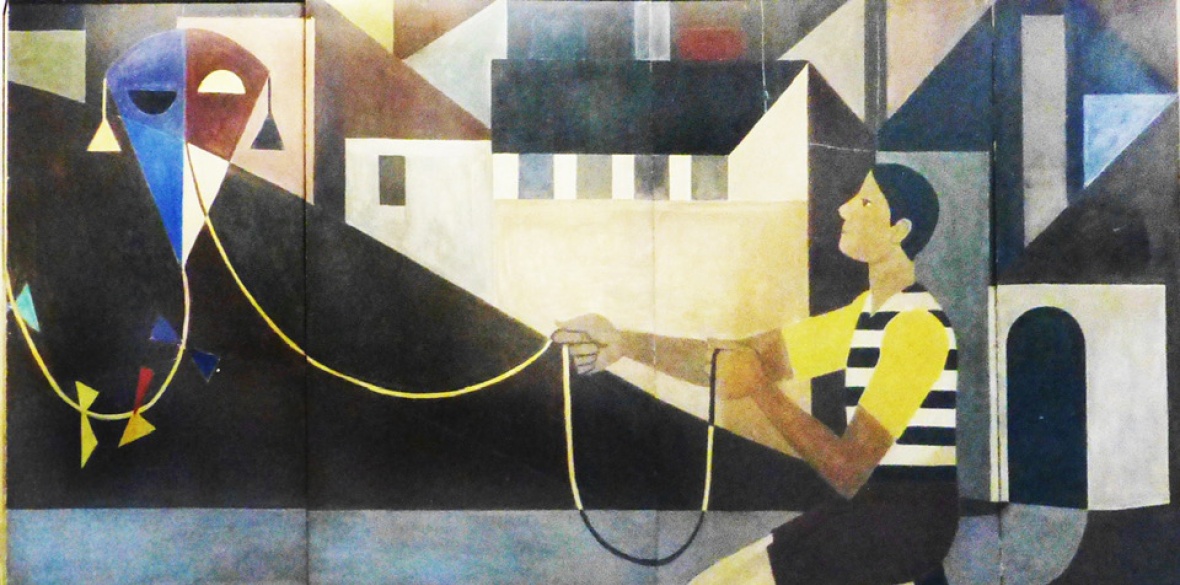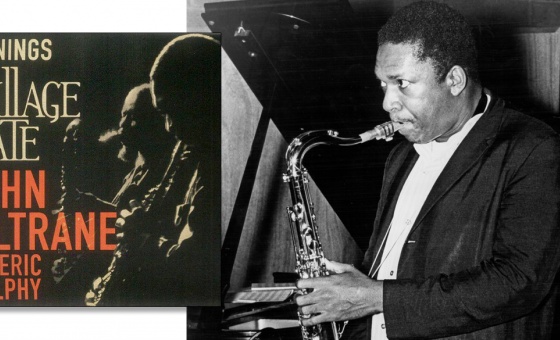This is the last article you can read this month
You can read more article this month
You can read more articles this month
Sorry your limit is up for this month
Reset on:
Please help support the Morning Star by subscribing here
COVENTRY is a fascinating city. Like a lot of places in the Midlands you wouldn’t know this from the people who live there or often from the people who are at least nominally its custodians.
The locals are not always great ambassadors or appreciative of the good things their city has. Sometimes it takes outsiders to see it. There is a sort of contempt born of familiarity.
One outsider is Adrian Jones, who for me has inherited the mantle of architectural critic Ian Nairn — he has written some great stuff in his book Towns in Britain (with Chris Matthews, Five Leaves Press, 2014), and blogs as “Jones the Planner.”
His view is “Coventry is a fantastic urban experience — it will just blow you away.”
He is right. Today Coventry is a medieval city with a new town on top of it — with the best bits of each jostling to be seen.
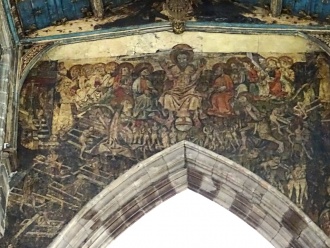
There are parts which recall the medieval city, like the Holy Trinity Church with its amazing Last Judgement wall painting.
I love the fact that in the painting the ale wives who water the beer are condemned to purgatory. Clearly an early form of consumer protection.
Donald Gibson had joined the city council as an architect before the war and his vision was to separate cars from people with pedestrianised shopping precincts.
Today the wonderful clean lines of the precincts are full of clutter. If you get chance to visit the City of Culture, I suggest you take Towns in Britain with you — it is great company and will help you see the best the city has to offer.
What enabled Gibson to put his plan into effect was the terrible bombing of Coventry in 1940.
The war completely changed the townscape of the city. Coventry was, even then, an outward-looking city.
In 1944 a Stalingrad Friendship Society was formed which led to Coventry becoming the first twin city. This was the first of 26 twinning relationships. Coventry is a city with its own foreign policy. The most well-known is its close link with Dresden.
This came about as an act of solidarity born of both cities’ experiences of wartime bombing. In February 1945 Dresden was completely flattened by the allies in what seemed like a brutal punishment raid on a city more famous as a cultural rather than an industrial centre.
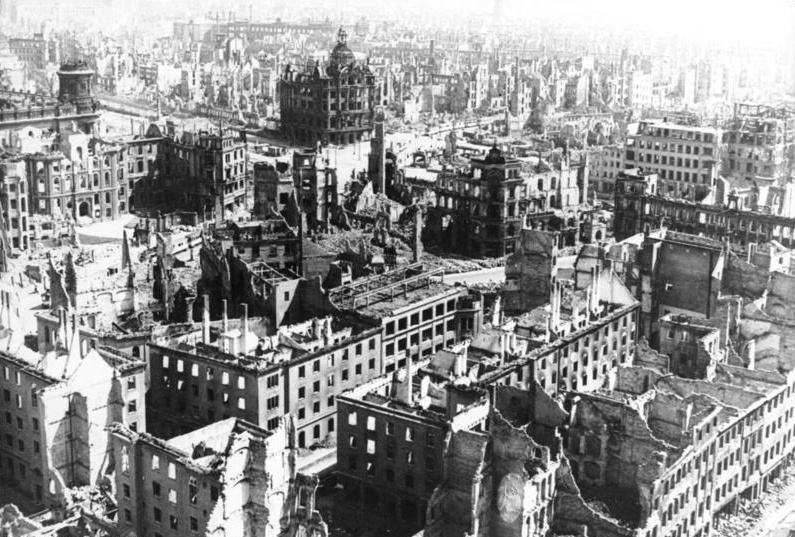
It was quite brave that so soon after the war that in 1956 links were established with Dresden which led to formal twinning in 1959.
Just as Coventry had lost its cathedral, Dresden had lost the Frauenkirken — initially, like Coventry, the ruins were left as a war memorial but following German reunification they moved to rebuild it.
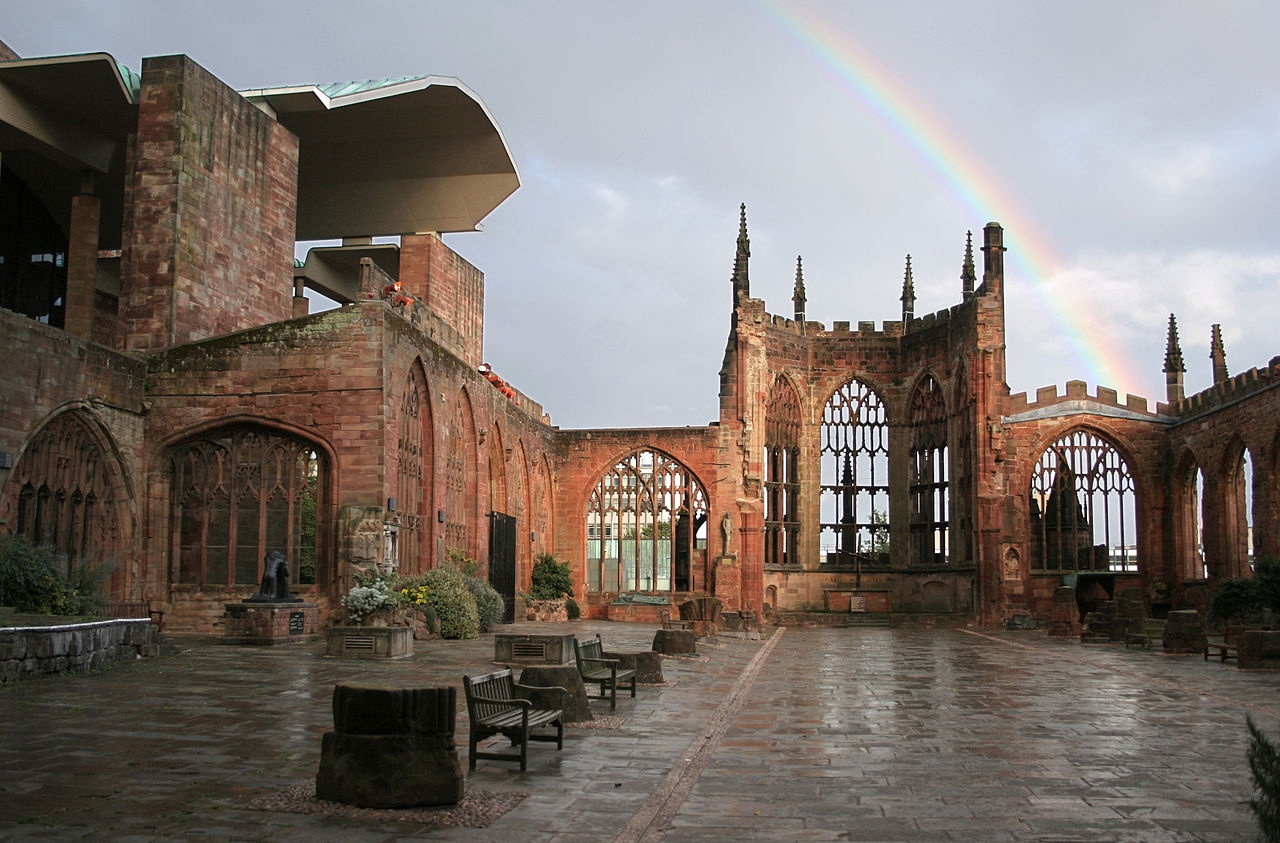
This was supported from Britain by the Dresden Trust founded by the remarkable Paul Oestreicher, then a canon at Coventry cathedral’s International Centre for Reconciliation.
The cathedral presented the church with a cross of nails to mark its reopening.
Despite the depth of this relationship, every few years it has had to be rebuilt. In recent times the strongest connection has been the Coventry Dresden Art Exchange, founded and chaired by another outsider, John Yeadon.
Yeadon, originally from Burnley, spent 30 years teaching at Coventry University and is a remarkable artist in his own right.
It’s a pity the “culture,” in City of Culture, does not seem to span the visual arts, as what Yeadon has developed between Coventry and Dresden is truly inspirational.
It is ironic that among Coventry’s most wonderful pieces of public art, two are gifts from Dresden.
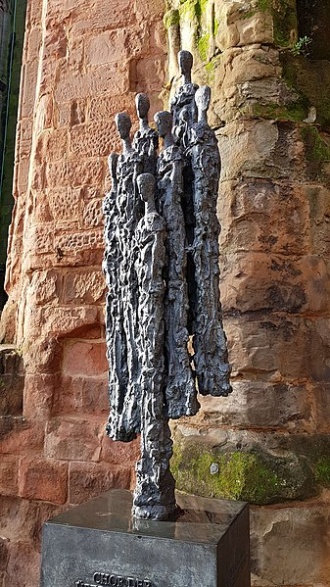
The Choir of Survivors by Helmut Heinze, in the old cathedral ruins was unveiled in 2012 to mark the 50th anniversary of the opening of the new cathedral.
My personal favourite, however, is in the circular market. Jones the Planner says the market “looks like a sci-fi spaceship with a car park on top. Inside are socialist realist murals and a handsome round clerestory.”
This place was for a while unloved, but it is a fabulous space, and any a sensible city would make a great feature of this amazing mural.
Painted by students from Dresden, designed and executed by Jurgen Seidel, it was presented to Coventry by the City of Dresden in 1961.
For me, it could be better lit and looked after. But that’s Coventry for you. Always moving onto the next thing. Never quite sure of itself.
The Coventry-Dresden Friendship Festival runs until November 27. To join the events go to www.coventrydresdenfriendshipfestival.co.uk for details.
